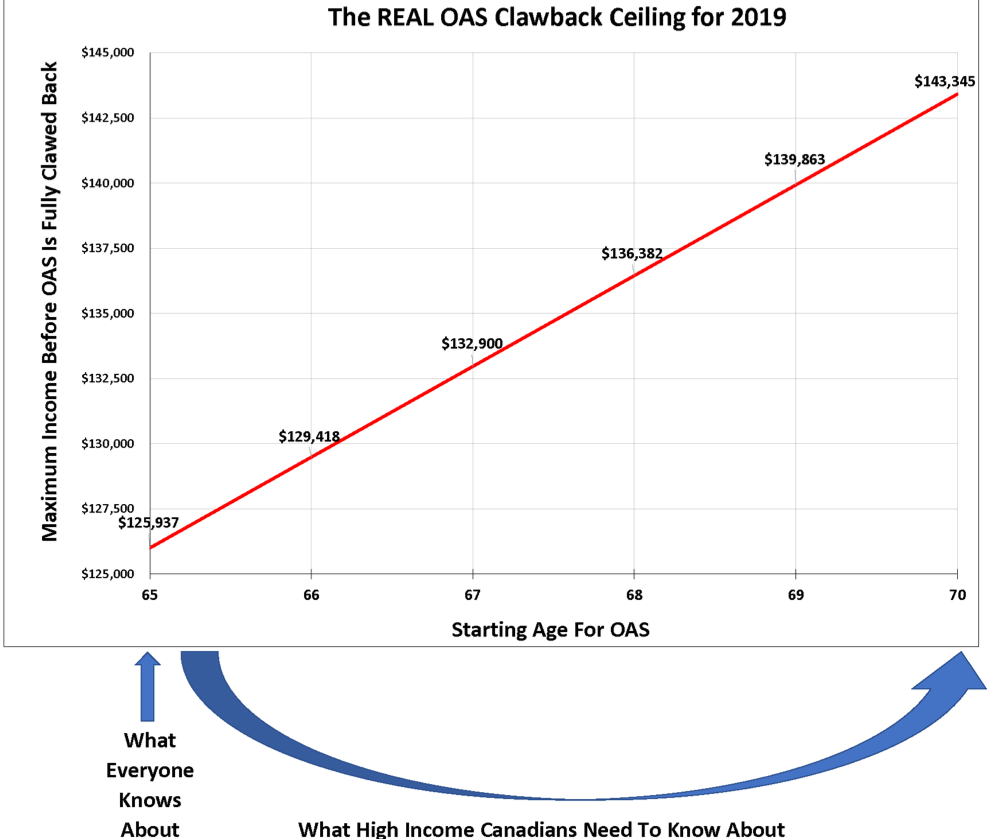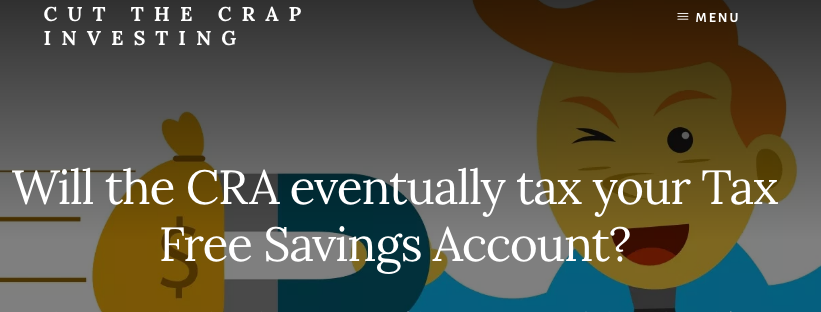By Mark Seed
Special to the Financial Independence Hub
 Retirement plans come in all shapes and sizes but retirement on a lower income is possible.
Retirement plans come in all shapes and sizes but retirement on a lower income is possible.
Not every Canadian has a house in Toronto or Vancouver they can cash-in on.
Gold-plated pension plans are dwindling.
There are people living in multi-family dwellings striving to make retirement ends meet.
Not every person is in a relationship.
Retirement on a lower income is (and is going to be) a reality for many Canadians.
Here is a case study to find out if this reader might have enough to retire on a lower income.
(Note: information below has been adapted for this post; assumptions below made for illustrative purposes.)
Hi Mark,
I enjoy reading your path to financial independence and it has inspired me to invest better. I’ve ditched my high cost mutual funds and I’m now invested in lower costs ETFs inside my RRSP. I think that should help my retirement plan.
So, do you think I’m ready to retire at 60?
Here is a bit about me:
- Single, live in Nova Scotia. No children.
- Own my home, no debt. I paid off my house by myself about 10 years ago. No plans to move. It might be worth $300,000 or so.
- 1 car is paid for, a 2014 Hyundai SUV. Not sure what that is worth but I don’t plan on buying a new car anytime soon.
- I have close to $50,000 saved inside my TFSA, all cash, I use that as my emergency fund.
- I have about $250,000 saved inside my RRSP, invested in 3-4 ETFs now.
- I have some pension-like income coming to me thanks to my time with a former employer. A LIRA is worth about $140,000 now. I keep all of that invested in low-cost ETF VCN – one of the low-cost funds in your list here (so thanks for your help!)
I’m thinking of stopping work later this summer, taking Canada Pension Plan (CPP) soon and I will start Old Age Security (OAS) as soon as I can at age 65.
I plan to spend about $3,000 to $4,000 per month (after tax) including travel to Florida, maybe once or twice per year to stay with friends who have a condo there for a week or so at a time.
So …. do you think I’m ready to retire at 60? Any insights are appreciated. Thanks for your time.
Steven G.
Thanks for your email Steven G. It seems like you’ve done well with the emergency fund, killing debt, and investing in lower-cost products to help build your wealth.
Whether you can retire soon (I think you can with some adjustments by the way … see below) will require a host of assumptions to be made in addition to your details above. This is because all plans, including any for retirement, are looking to make decisions about our future that is always unknown.
To help me make some educated decisions if you can retire on your own with a lower income, I enlisted the help of Owen Winkelmolen, a fee-for-service financial planner (FPSC Level 1) and founder of PlanEasy.ca.
Owen has provided some professional insight to other My Own Advisor readers in these posts here:
What is a LIRA, how should you invest in a LIRA?
My mother is in her early 90s, she just sold her home, now what to do with the money?
This couple wants to spend $50,000 per year in retirement, did they save enough?
Can we join the early retirement FIRE club now, at age 52?
Owen, thoughts?
Owen Winkelmolen analysis
Mark, I echo what you wrote above. When it comes to retirement planning there are a few important considerations that we always want to review. You’ll see those assumptions for Steven below. There are also tax considerations. Taxes will be one of the largest expenses for many retirees and Steven’s case is no different. In fact, living in Nova Scotia unfortunately means that Steven will be paying the highest tax rate in the country for his income level. Let’s look at some assumptions first so we can run some math:
- Assume income (today) of $60,000 per year (pre-tax).
- OAS: Assume full OAS at age 65 $7,217/year.
- CPP: Assume 35 years of full CPP contributions (ages 25-60) and a few years with partial contributions
- CPP at age 60 = $8,580/year.
- CPP at age 65 = $13,967/year (assumes future contributions in line with $60,000 income and includes new enhanced CPP benefits as of 2019).
- Assume ETF portfolio with average fees 0.16%. Good job on VCN Steven!
- Assume $85,000 in available RRSP contribution room.
- Assume $13,500 in available TFSA contribution room.
- Assume birthdate Aug 1, 1959.
- Assume assertive risk investor profile.
Based on Steven’s current employment income, I’ve gone ahead and estimated that he will be paying around $14,000 in income tax each year (give or take depending on tax credits, etc.) At this income level Steven is paying the highest tax rate out of any province in Canada. Ouch … but reality. Continue Reading…







